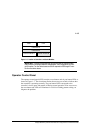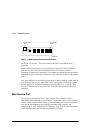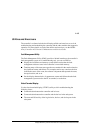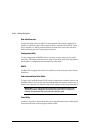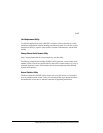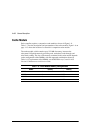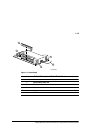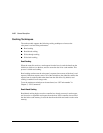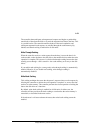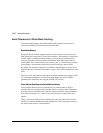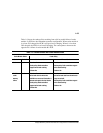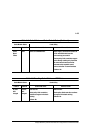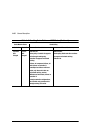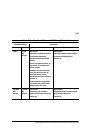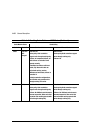
1–21
Compaq HSZ80 Array Controller ACS Version 8.3 Configuration and CLI Reference Guide
The controller then anticipates subsequent read requests and begins to prefetch the
next blocks of data from the disks as it sends the requested read data to the host. This
is a parallel action. The controller notifies the host of the read completion, and
subsequent sequential read requests are satisfied through the cache memory. By
default, read-ahead caching is enabled for all disk units.
Write-Through Caching
When the controller receives a write request from the host, it stores the data in its
cache module, writes the data to the disk drives, then notifies the host when the write
operation is complete. This process is called write-through caching because the data
actually passes through—and is stored in—the cache memory on its way to the disk
drives.
If you enable read caching for a storage unit, write-through caching is automatically
enabled. Likewise, if you disable read caching, write-through caching is
automatically disabled.
Write-Back Caching
This caching technique decreases the subsystem’s response time to write requests by
allowing the controller to declare the write operation “complete” as soon as the data
reaches its cache memory. The controller performs the slower operation of writing the
data to the disk drives at a later time.
By default, write-back caching is enabled for all disk units. In either case, the
controller will not provide write-back caching to a unit unless the cache memory is
nonvolatile, as described in the next section.
If the mirrorset is a disaster-tolerant mirrorset, then write-back caching cannot be
enabled.



